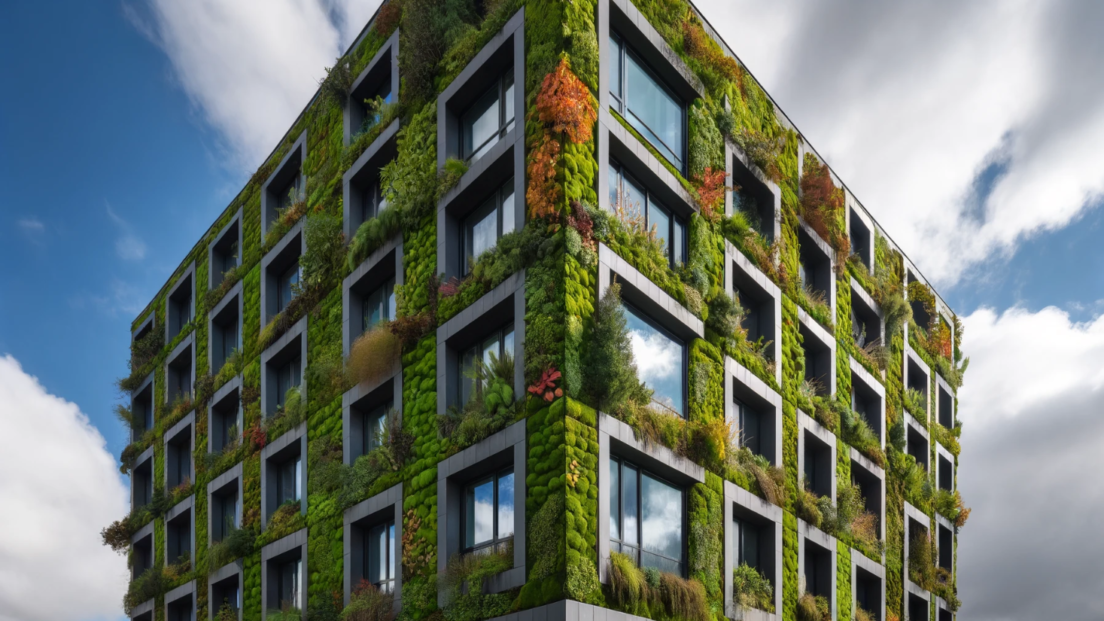A balancing act between aesthetics and functionality – façade greening

Façade greening is becoming increasingly important as an effective measure for climate adaptation in urban areas. This article highlights the advantages and disadvantages as well as suitable plants and systems for greening buildings.
The greening of buildings has been an integral part of architectural design since ancient times, from the Hanging Gardens of Semiramis to the green façades of modern metropolises. Today, green façades are not only used for aesthetic enhancement, but also for practical benefits: They improve the microclimate, provide protection against heat, filter fine dust, promote biodiversity and have a sound-absorbing effect. They also protect the building from the weather and potentially increase the property value.
Challenges and solutions
Despite the obvious benefits, there are legitimate concerns about potential damage to the building fabric caused by plant roots or moisture. However, modern greening systems, such as wall-mounted and ground-mounted techniques, offer solutions that minimise the risk. Wall-mounted systems, including linear, modular and flat designs, allow precise control over growth and water supply and are particularly suitable for new buildings. The choice of plants depends on the local conditions and the chosen system, with self-climbers and scaffold climbers being popular options.
Future prospects
Careful planning is essential for the successful integration of façade greening into the urban environment. In addition to the aesthetic component, functional aspects such as fire protection and maintenance must also be taken into account. Cooperation between architects, urban planners and building owners plays a decisive role in sustainably utilising the many benefits of façade greening and designing urban living spaces for the future.